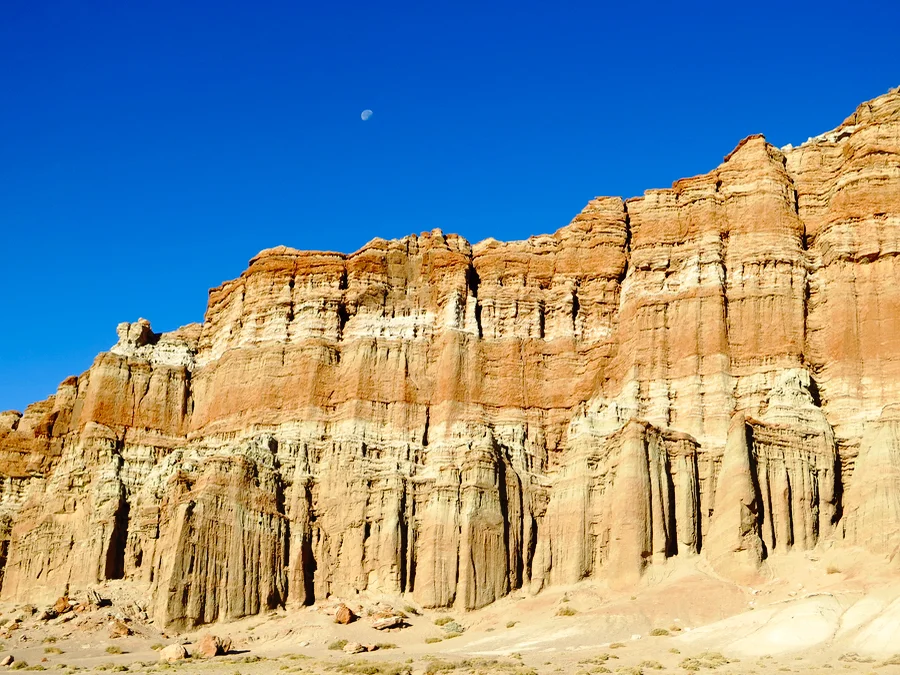The Other California
“What up dawg?” This was Kelsey's daily greeting to me as she rolled into my AP US History course. Pretty sure it was third period, so she’d had time to wake up, but she routinely turned up with a hang-dog look on her face and what appeared to be an eighty pound backpackthat, by all appearances, was crushing her soul. The pack would get tossed to the floor, Kelsey would slump into her seat with a look that said do we really have to do this again? It was just a look though, which I thankfully understood. Kelsey was one of the hardest working kids in that class, and though her affect might lead one to believe she really was not that engaged, she most certainly was, actually deeply engaged. Kelsey wanted to be a rocket scientist. Kelsey became a rocket scientist. I was so proud and impressed by her work ethic and her eternal push to become the thing she wished, even though she had to work really, really hard at it at times. And lest one forget, this was not a typical path for a woman, even then, in the 90s.
Ridgecrest, California. That’s why I am writing about Kelsey. We passed through there on the way to Death Valley. This is where Kelsey lived and where she died, at 32 years of age, in 2012. It hasn’t been that long, really, since my friend and former colleague Tammy called me on an October Saturday to tell me the news. She knew I’d be devastated. She was right.
Kelsey and I had stayed in touch after she graduated from high school, more so during her college years, less so when she went to work for the Department of Defense. Her job as an aerospace engineer kept her busy. Who knows what she was working on at China Lake, but I had to wonder when we were buzzed by two F-something or others as we traveled on Highway 178 towards the park.
Thinking about Kelsey grounds me in my career in education. I’ve been fortunate to form enduring bonds with many students over the years, and have had so many, like Kelsey, whose presence impacted me in untold ways. On this trip, we’ve actually visited with a number of my former students, all now grown with jobs and families of their own, some dating back to my student teaching days almost thirty years ago. I really wish we could have pulled up in Kelsey’s driveway in Ridgecrest. No doubt, she would have greeted me with, “What up dawg?” She never let that drop, even as she hit thirty. A kid at heart in many ways.
As I’ve been thinking of Kelsey, I am reminded that my desire each day is to live in the day. This is all we have, the present and it is indeed a present, a gift, this one more day on the planet. Living in the moment can be a challenge, but I strive for it as much as possible all day every day.
A friend asked us not long ago if there were still places in California that are dark and quiet. This week, we’ve found them. The journey that brought us through Ridgecrest is part of our exploration of “the other California,” those places far beyond the familiar paths of I-80, 101 and I-5. Carrizo Plain National Monument, Red Rock Canyon State Park and the expansive deserts of the Basin and Range on the back roads leading into Death Valley National Park, all places we would never have stopped on an ordinary vacation but all places we’d recommend now.
Carrizo Plain is not found on most maps. It’s stark and dry, hemmed in by two mountain ranges with the San Andreas Fault running through. The CPNM has incredible bird watching. Northern Harriers and American Kestrels plied the thermals, while Loggerhead Shrikes zipped back and forth around the Minnie. But by far our most extraordinary treat was the Great-horned Owls. I was laboring over the dishes when Alanna quietly yelled at me to “be quiet”!! I looked at her, confused, and then I heard it. The back and forth between a male and female, both with distinct calls. WOW! How lucky were we, to be out here on a random night, listening to these owls? It went on for about fifteen minutes, and then they came back in the early morning hours, this time even closer to the Minnie.
Our journey out of Carrizo led us through mountains and oil fields and citrus groves to the Cesar Chavez National Monument. It is a newer monument with tons of potential—when you’re near Bakersfield we encourage you to stop by and learn more about the struggle for farm workers’ rights in this country.
Evening found us camped in the badlands of Red Rock Canyon State Park. The drought has caused them to close the dump station so we were only able to stay one night, but the stars were epic and we enjoyed a short hike in the morning with a half moon hanging low over the cliffs.
We leave you from the largest national park in the lower 48, Death Valley. The beauty here is shocking, but more on that later.



